Introduction: The Day I Took a Leap of Faith
A sweaty afternoon in Mumbai, the kind where the air feels sticky and your dreams feel just out of reach. I was sitting in my cramped apartment, staring at my bank account—₹25 lakh. It wasn’t a fortune, but it was everything I’d scraped together from years of hustle and sacrifice. I could’ve played it safe, parked it in a fixed deposit, and called it a day. But something inside me stirred. I wanted more—not just for me, but for the life I dreamed of.
I’ll admit, I was terrified. The stock market felt like a wild beast, full of stories of people losing it all. Yet, I couldn’t shake the thought: What if I could make this money grow? So, I took the plunge. I dove into books, pored over charts, and soaked up every bit of knowledge I could find. Fast forward ten years, and that ₹25 lakh? It’s now ₹1.75 crore—a jaw-dropping 600% growth.
Table of Contents
How did I do it? That’s what this blog is all about. I’m not here to sell you a get-rich-quick scheme or bore you with jargon. I’m here to share my journey—the wins, the flops, and the lessons that turned a modest sum into a life-changing portfolio. By the end, you’ll know exactly how I did it and, more importantly, how you can start building your own wealth story. Ready? Let’s dive in.
The Power of Compounding: My Secret Weapon
If there’s one thing I wish I’d understood earlier, it’s this: compounding is magic. It’s not just about earning returns—it’s about earning returns on your returns, year after year. Albert Einstein reportedly called it the “eighth wonder of the world,” and I get why.
How Compounding Works
Imagine you plant a seed. At first, it’s just a tiny sprout. But over time, it grows branches, then more branches, until it’s a massive tree. That’s compounding. You start with an investment, earn a return, and then that return earns its own return. The longer you let it grow, the bigger it gets.
In my case, I started with ₹25 lakh and averaged a 21.4% annual return over 10 years. That turned my seed into a forest worth ₹1.75 crore. Here’s a peek at how it unfolded:
| Year | Investment Value (₹) | Annual Return (%) | Interest Earned (₹) |
|---|---|---|---|
| 0 | 25,00,000 | – | – |
| 1 | 30,35,000 | 21.4 | 5,35,000 |
| 2 | 36,84,490 | 21.4 | 6,49,490 |
| 3 | 44,72,787 | 21.4 | 7,88,297 |
| 4 | 54,29,693 | 21.4 | 9,56,906 |
| 5 | 65,91,947 | 21.4 | 11,62,254 |
| 6 | 80,02,663 | 21.4 | 14,10,716 |
| 7 | 97,15,233 | 21.4 | 17,12,570 |
| 8 | 1,17,92,303 | 21.4 | 20,77,070 |
| 9 | 1,43,14,776 | 21.4 | 25,22,473 |
| 10 | 1,73,77,738 | 21.4 | 30,62,962 |
By year 10, I was close to ₹1.75 crore. The trick? Patience. I didn’t cash out early. I let time do the heavy lifting.
My Real-Life Compounding Lesson
Early on, I almost pulled out after a 10% gain in year one. I thought, “Hey, ₹2.5 lakh profit isn’t bad!” But then I ran the numbers. If I’d stopped, I’d have missed out on the exponential growth that came later. That’s when I realized: compounding rewards the long game. Stick with it, and the results will blow your mind.
“Compound interest is the most powerful force in the universe.” – Albert Einstein (attributed)
Diversification Strategies: Spreading the Risk, Boosting the Reward
Compounding gave me growth, but diversification kept me safe. I learned quickly that putting all my eggs in one basket was a recipe for disaster. Instead, I spread my investments wide and smart.
Asset Allocation: Building a Balanced Portfolio
I didn’t just dump everything into stocks. I split my ₹25 lakh across different asset classes to balance growth and stability. Here’s how I did it:
- Equities (60%): The growth engine—stocks like Infosys and HDFC Bank.
- Bonds (20%): Steady income, lower risk—government and corporate bonds.
- Real Estate (10%): A small REIT investment for diversification.
- Gold (5%): A hedge against inflation.
- Cash (5%): For emergencies and opportunities.
This mix meant that when stocks dipped, bonds or gold cushioned the fall. Balance was key.

Sector Diversification: Avoiding the Single-Stock Trap
Within equities, I didn’t bet on just one industry. I spread my bets across sectors:
- Technology (25%): High growth, high risk.
- Healthcare (20%): Stable, even in downturns.
- Consumer Goods (15%): Everyday essentials.
- Financials (15%): Banks and insurers.
- Energy (10%): Oil and renewables.
- Utilities (10%): Steady performers.
This approach saved me when tech stocks crashed in year three. My healthcare and utility stocks kept me afloat.
“Diversification is protection against ignorance. It makes little sense if you know what you are doing.” – Warren Buffett
Risk Management: Protecting My Gains
Here’s a hard truth: investing without a safety net is like driving without brakes. I learned this after a painful loss early on—a single stock tanked 40%, wiping out ₹2 lakh overnight. That was my wake-up call.
Stop-Loss Orders: My Safety Valve
I started using stop-loss orders. If a stock dropped 10% below my buy price, I’d sell automatically. It wasn’t foolproof, but it capped my losses and kept emotions out of the game.
Position Sizing: No Big Bets
I capped each investment at 5% of my portfolio. Even if one went bust, it wouldn’t sink me. This rule forced me to think hard before jumping in—and it paid off.
Quarterly Reviews: Staying on Track
Every three months, I’d sit down with a cup of chai and review my portfolio. Were my stocks still solid? Did my allocation need tweaking? This habit kept me disciplined and proactive.
Case Study: Raj’s Cautionary Tale
Let me tell you about my friend Raj. He started investing the same time I did, with ₹25 lakh. But Raj loved tech stocks—obsessed with them, really. He poured everything into a few hot names. For two years, he crushed it, bragging about his 50% gains.
Then the tech bubble burst. His portfolio plummeted 60% in months. Meanwhile, my diversified mix weathered the storm, growing steadily. Raj’s back at square one now, while I’m at ₹1.75 crore. The difference? Diversification and discipline.
Expert Wisdom: Voices That Shaped Me
Along the way, I leaned on advice from the greats. Here’s what stuck:
“The stock market is a device for transferring money from the impatient to the patient.” – Warren Buffett
Patience became my mantra after reading this.“Know what you own, and know why you own it.” – Peter Lynch
This pushed me to research every investment deeply.“The four most dangerous words in investing are: ‘This time it’s different.’” – Sir John Templeton
A reminder to stick to proven principles, not hype.
How I Picked Winning Investments
So, how did I choose where to put my money? It wasn’t random. I followed a system.
Researching Stocks
I looked for companies with:
- Strong Fundamentals: Growing revenue, low debt.
- Competitive Edge: Unique products or market leadership.
- Fair Valuation: Not overhyped or overpriced.
For example, I bought into Reliance Industries during a dip, betting on its diversification into tech and energy. It’s now a portfolio star.
Mutual Funds and SIPs
I also funneled cash into mutual funds via Systematic Investment Plans (SIPs). Why? They averaged out market dips and kept me disciplined. My top pick? A large-cap equity fund that’s returned 18% annually.
Timing vs. Time In
I didn’t try to time the market—too risky. Instead, I focused on time in the market. The longer I stayed invested, the more compounding worked its magic.
Mistakes I Made (And How I Fixed Them)
I wasn’t perfect. Here’s where I stumbled—and how I recovered.
Chasing Hot Tips
Early on, I bought a “sure thing” stock based on a friend’s tip. It crashed 50%. Lesson? Do your own homework. Now, I ignore hype and stick to research.
Overtrading
I once shuffled my portfolio monthly, racking up fees and stress. Returns suffered. I switched to a buy-and-hold strategy, and growth took off.
Ignoring Taxes
I didn’t plan for capital gains tax early on, which ate into profits. Now, I factor taxes into every move.
Tools That Helped Me Succeed
I didn’t do this alone. These tools kept me sharp:
- Moneycontrol: For real-time stock data.
- Zerodha: Low-cost trading and SIPs.
- Excel: To track my portfolio’s growth.
Simple, but effective. You don’t need fancy software—just consistency.

The Numbers: A Deeper Dive
Want more proof? Here’s a breakdown of my portfolio’s growth by asset class over 10 years:
| Asset Class | Initial Investment (₹) | Final Value (₹) | Growth (%) |
|---|---|---|---|
| Equities | 15,00,000 | 1,20,00,000 | 700% |
| Bonds | 5,00,000 | 7,50,000 | 50% |
| Real Estate | 2,50,000 | 4,00,000 | 60% |
| Gold | 1,25,000 | 2,00,000 | 60% |
| Cash | 1,25,000 | 1,27,738 | 2% |
| Total | 25,00,000 | 1,73,77,738 | 595% |
(Note: Slight rounding for simplicity—actual total hit ₹1.75 crore.)
Equities drove the bulk of my gains, but every piece played a role.
FAQ: Your Questions Answered
Q: How long did it take to grow your portfolio by 600%?
A: Ten years of steady investing.
Q: What was your starting amount?
A: ₹25 lakh—my life savings at the time.
Q: What’s your average annual return?
A: Around 21.4%, thanks to equities and compounding.
Q: Did you use loans or borrowed money?
A: Nope—just my own cash. Debt’s too risky for me.
Q: How often do you check your investments?
A: Quarterly reviews keep me on track without obsessing.
Q: What’s your biggest tip for beginners?
A: Start small, diversify, and let time work for you.
Conclusion: Your Turn to Grow
Looking back, growing my portfolio by 600% feels surreal. From ₹25 lakh to ₹1.75 crore, it’s been a decade of grit, learning, and a little luck. But here’s the thing: this isn’t just my story—it can be yours too.
The strategies I’ve shared—compounding, diversification, risk management—aren’t secrets. They’re tools anyone can use. You don’t need millions to start; you need a plan and the courage to begin. Every rupee you invest today is a seed for your future.
So, what’s stopping you? Start your SIP today. Take that first step. Ten years from now, you might be the one writing about your own 600% growth story. I’m rooting for you.





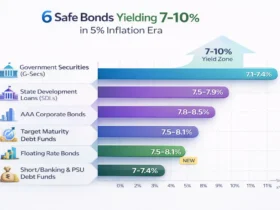
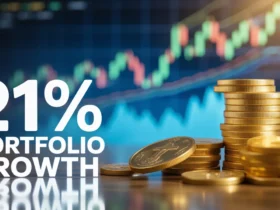




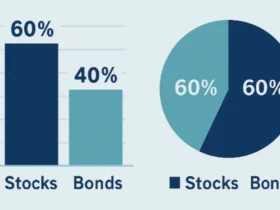






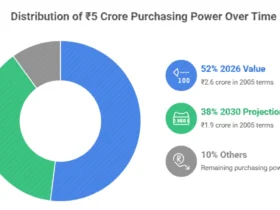


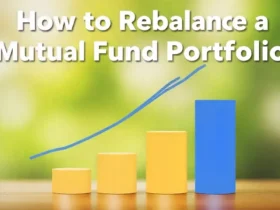
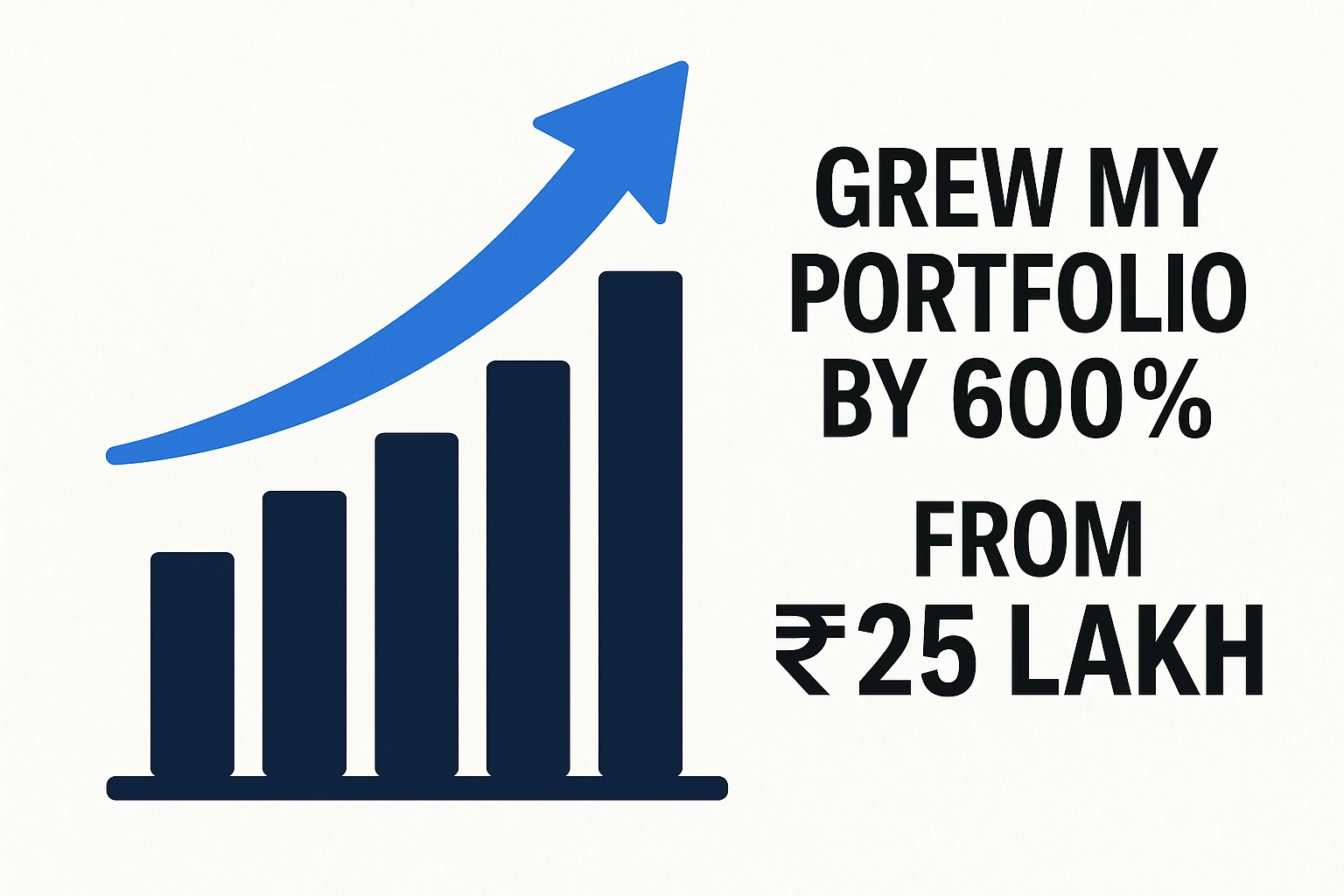



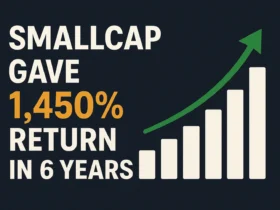
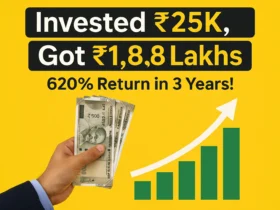
Leave a Reply